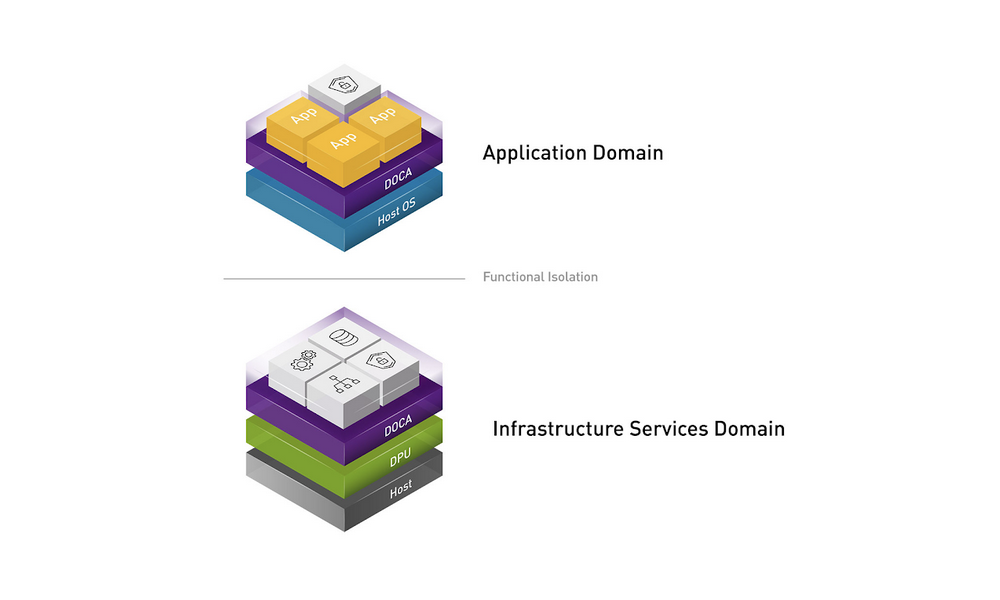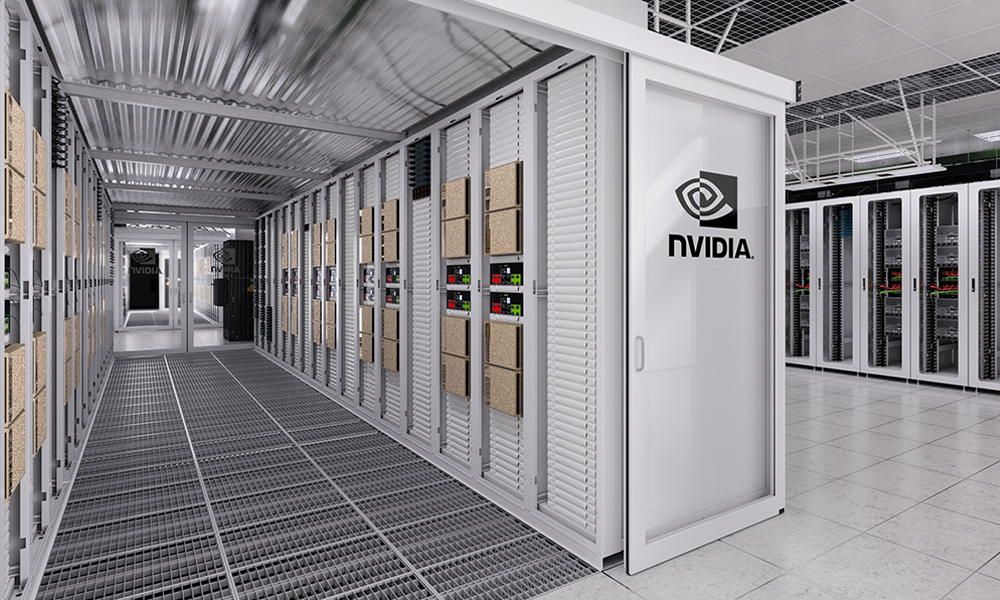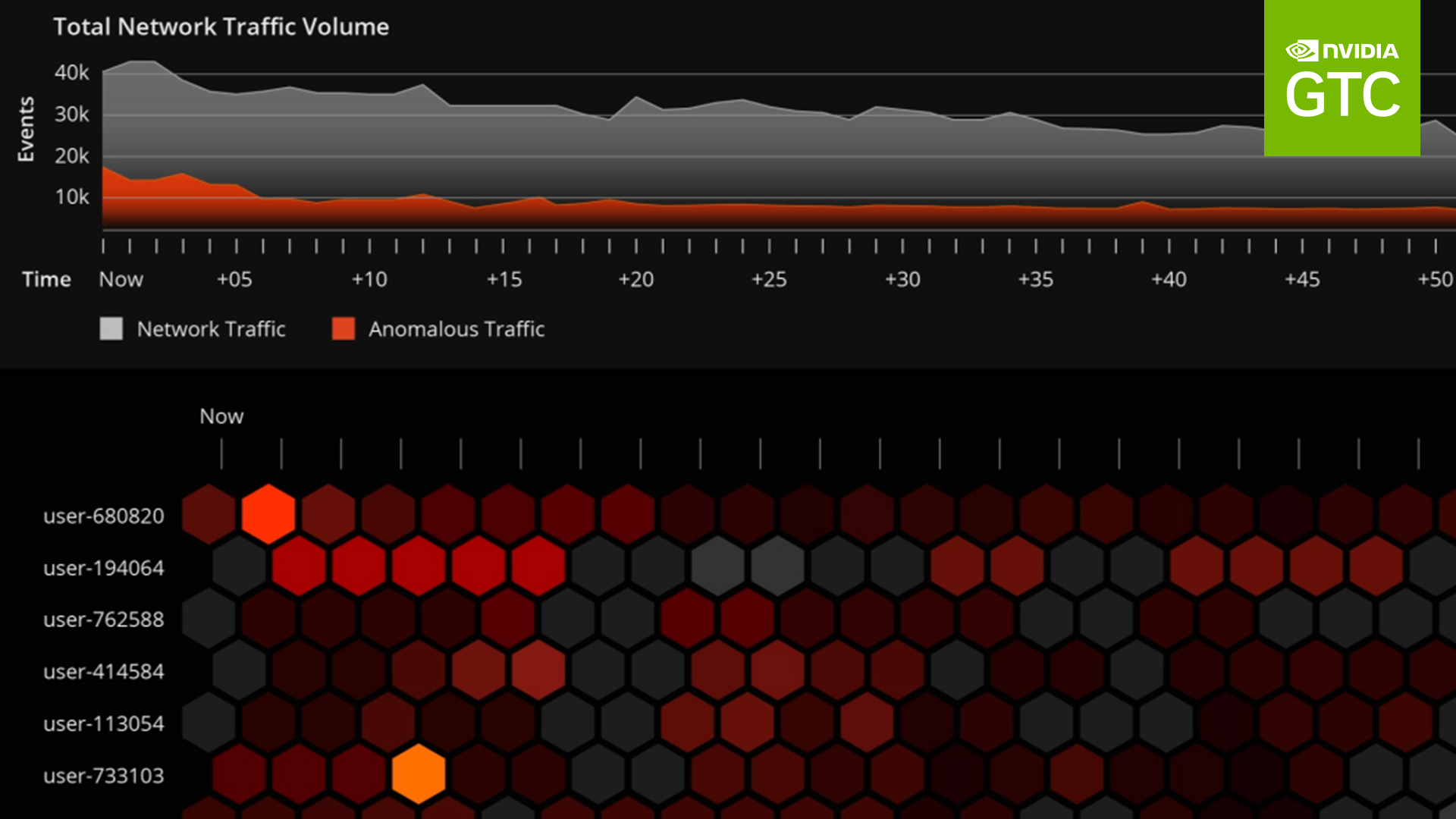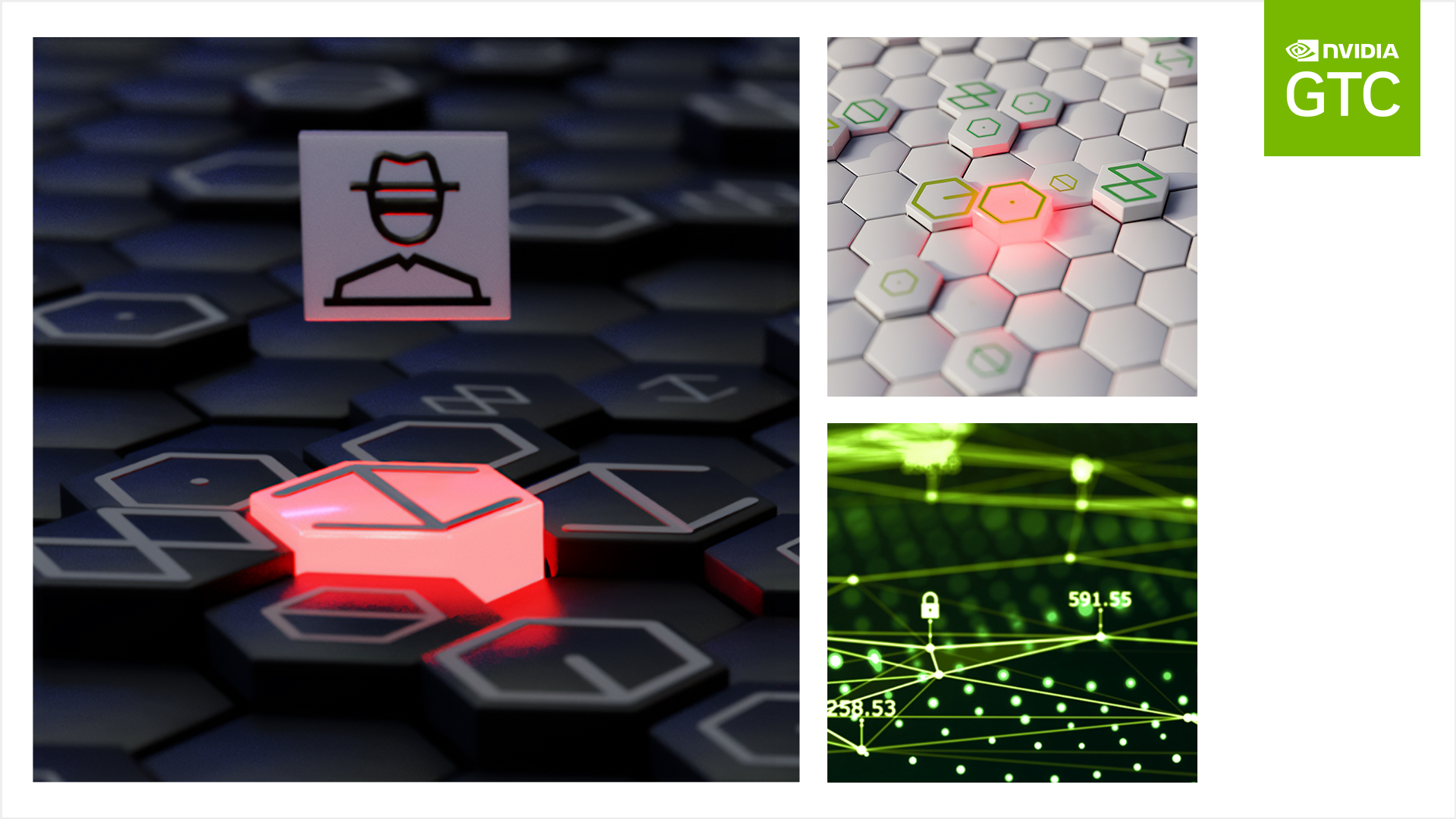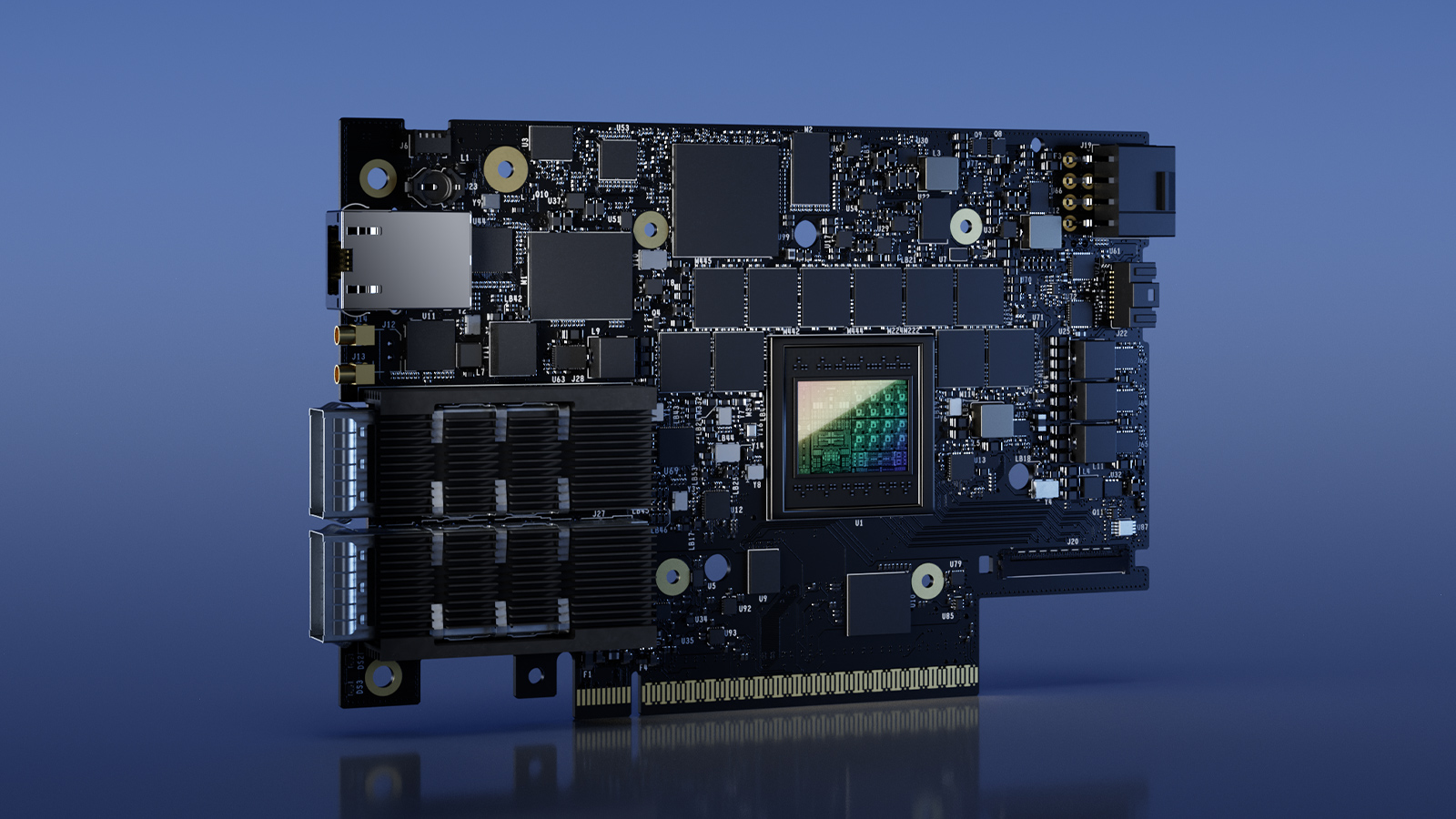Cyberattacks are gaining sophistication and are presenting an ever-growing challenge. This challenge is compounded by an increase in remote workforce connections driving growth in secure tunneled traffic at the edge and core, the expansion of traffic encryption mandates for the federal government and healthcare networks, and an increase in video traffic.
In addition, an increase in mobile and IoT traffic is being generated by the introduction of 5G speeds and the addition of billions of connected devices.
These trends are creating new security challenges that require a new direction in cybersecurity to maintain adequate protection. IT Departments—and firewalls—must inspect exponentially more data and take deeper looks inside traffic flows to address new threats. They must be able to check traffic between virtual machines and containers that run on the same host, traffic that traditional firewall appliances cannot see.
Operators must deploy enough firewalls capable of handling the total traffic throughput, but doing so without sacrificing performance can be extremely cost-prohibitive. This is because general-purpose processors (server CPUs) are not optimized for packet inspection and cannot handle the higher network speeds. This results in suboptimal performance, poor scalability, and increased consumption of expensive CPU cores.
Security applications such as next-generation firewalls (NGFW) are struggling to keep up with higher traffic loads. While software-defined NGFWs offer the flexibility and agility to place firewalls anywhere in modern data centers, scaling them for performance, efficiency, and economics is challenging for today’s enterprises.
Next-generation firewalls
To address these challenges, NVIDIA partnered with Palo Alto Networks to accelerate their VM-Series Next Generation Firewalls through the NVIDIA BlueField data processing unit (DPU). The DPU accelerates packet filtering and forwarding by offloading traffic from the host processor to dedicated accelerators and ARM cores on the BlueField DPU.
The solution delivers the intrusion prevention and advanced security capabilities of Palo Alto Networks’ virtual NGFWs to every server without sacrificing network performance or consuming the CPU cycles needed for business applications. This hardware-accelerated, software-defined NGFW is a milestone in boosting firewall performance and maximizing data center security coverage and efficiency.
The DPU operates as an intelligent network filter to parse and steer traffic flows based on predefined policies with zero CPU overhead, enabling the NGFW to support close to 100 Gb/s throughput for typical use cases. This is a 5x performance boost versus running the VM-Series firewall on a CPU alone, and up to 150 percent CapEx savings compared to legacy hardware.
Intelligent traffic offload service
The joint Palo Alto Networks-NVIDIA solution creates an intelligent traffic offload (ITO) service that overcomes the challenges of performance, scalability, and efficiency. Integration of the VM-Series NGFWs with the NVIDIA BlueField DPUs turbocharges the NGFW solution to improve cost economics while improving threat detection and mitigation.
In certain customer environments, up to 80% of network traffic doesn’t need to be—or can’t be—inspected by a firewall, such as encrypted traffic or streaming traffic from video, gaming, and conferencing. NVIDIA and Palo Alto Networks’ joint solution addresses this through the ITO service, which examines network traffic to determine whether each session would benefit from deep security inspection.
ITO optimizes firewall resources by checking all control packets but only checking payload flows that require deep security inspection. Suppose the firewall determines that the session would not benefit from security inspection. In that case, the firewall inspects the initial packets of the flow then ITO instructs the DPU to forward all subsequent packets in that session directly to their destination without sending them through the firewall (Figure 2).
By only examining flows that can benefit from security inspection and offloading the rest to the DPU, the overall load on the firewall and the host CPU is reduced, and performance increases without sacrificing security.
ITO empowers enterprises to protect end users with an NGFW that can run on every host in a zero-trust environment, helping expedite their digital transformation while keeping them safe from a myriad of cyber threats.
First NGFW to market
To stay ahead of emerging threats, Palo Alto Networks jointly developed the first virtual NGFW to be accelerated by BlueField DPU. The VM-Series firewall enables application-aware segmentation, prevents malware, detects new threats, and stops data exfiltration, all at higher speeds and with less CPU consumption, by offloading these tasks from the host processor to the BlueField DPU.
The DPU operates as an intelligent network filter to parse, classify and steer traffic flows with zero CPU overhead, enabling the NGFW to support close to 100 Gb/s throughput per server for typical use cases. The recently announced DPU-enabled Palo Alto Networks VM-Series NGFW uses zero-trust network security principles.
The ITO solution was presented at NVIDIA GTC during a joint session with Palo Alto Networks. For more information about the ITO service’s role in delivering a software-defined, hardware-accelerated NGFW that addresses ever-evolving cybersecurity threats for enterprise data centers, see the Accelerating Enterprise Cybersecurity with Software-Defined DPU-Powered Firewall GTC session.



